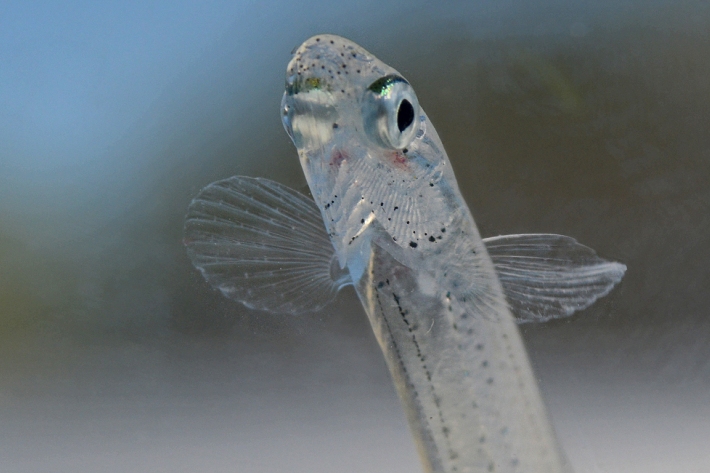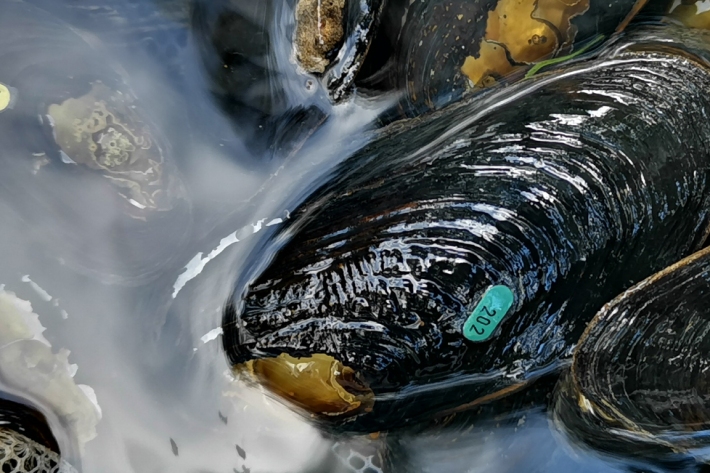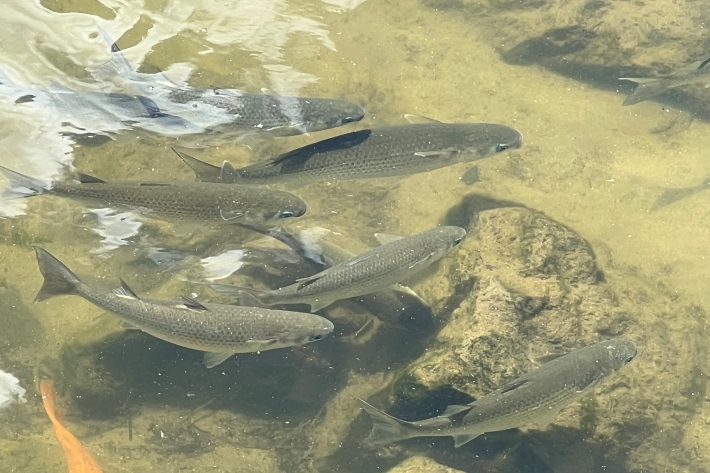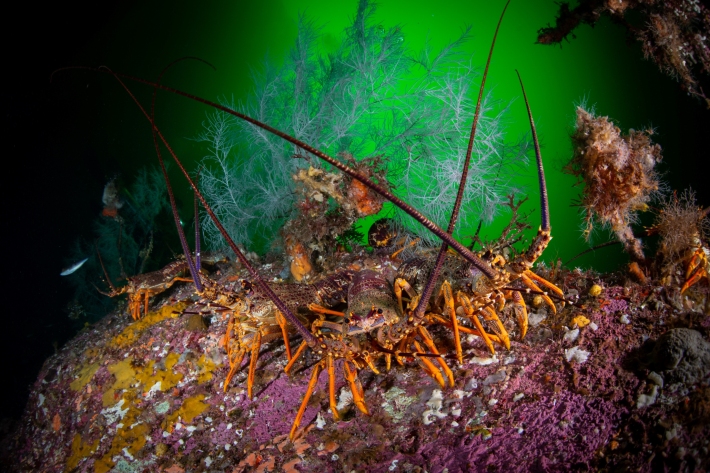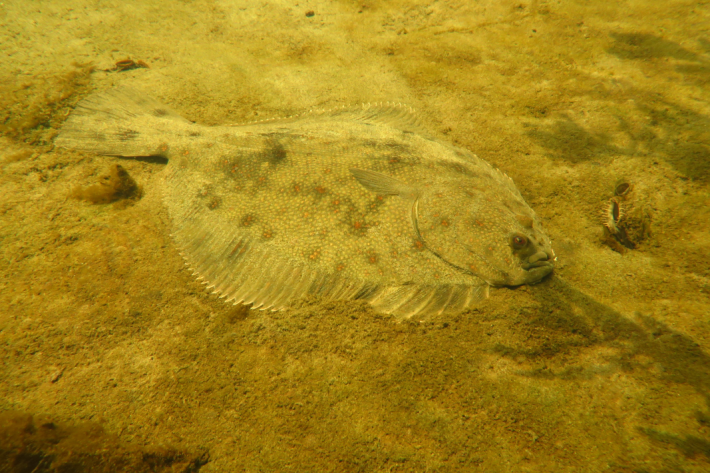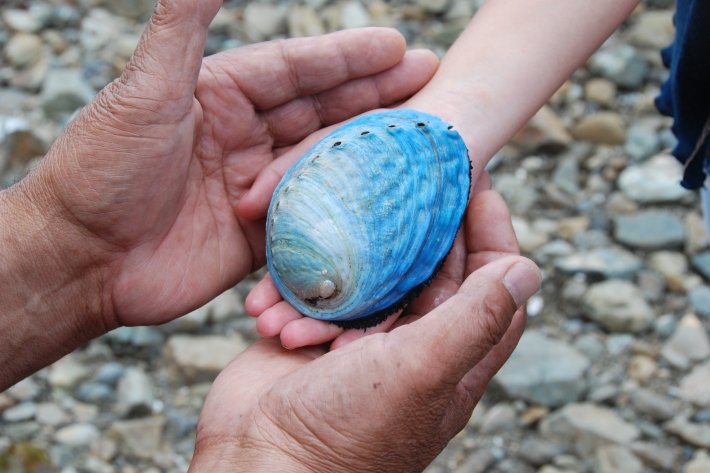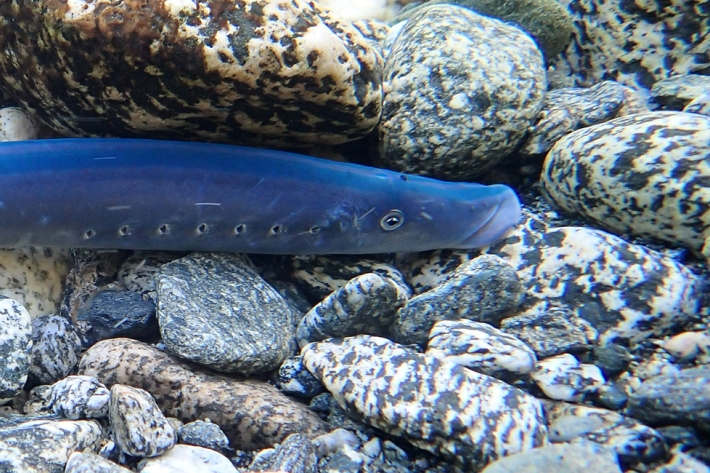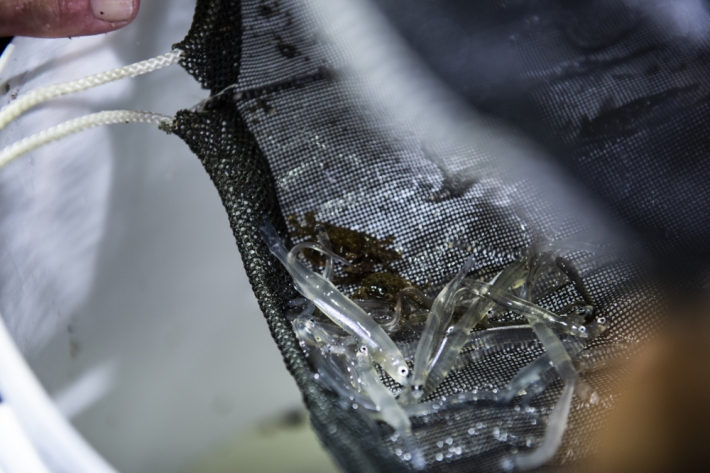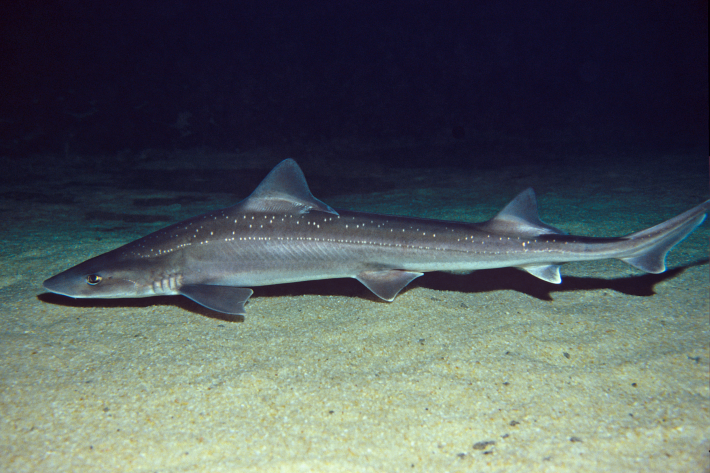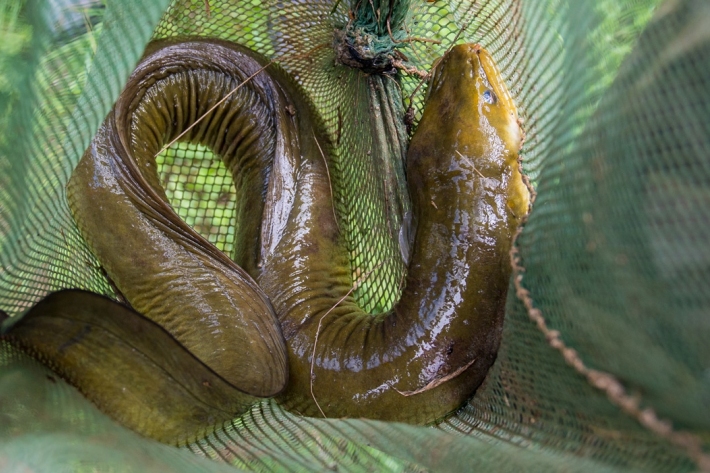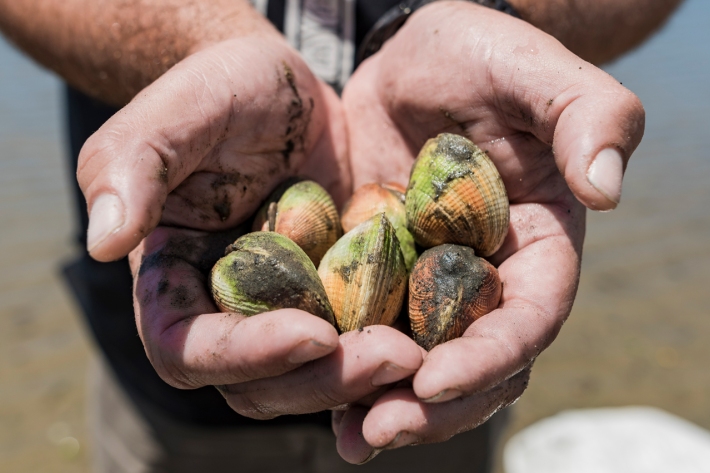Taonga species such as tuna (freshwater eel), kōura (freshwater crayfish and marine lobster), kākahi (freshwater mussel), īnanga and many others are central to the identity and wellbeing of many Māori.
For generations these species have sustained communities and helped transfer customary practices and knowledge from one generation to the next. However, many communities are reporting that the abundance and size of these taonga are declining.
Te Kūwaha, NIWA’s National Centre for Māori Environmental Research, has been working with whānau, hapū and iwi for more than a decade to co-develop methods for the protection and restoration of taonga species. A series of booklets, posters and online resources has been developed, sharing science knowledge to support species management strategy. The Taonga Species Series includes tuna, kākahi, īnanga, kōura (freshwater and marine), piharau, kanae, tuangi, toheroa, paua, kina, pātiki, rig and Poorohe.
Note: We recognise that whānau and hapū across Aotearoa have an extensive range of names for their taonga species. In this series we have drawn on the most commonly used names, but please check with your local hapū for the te reo that is relevant to your area.
Taonga Species Series
-
-
-
-
-
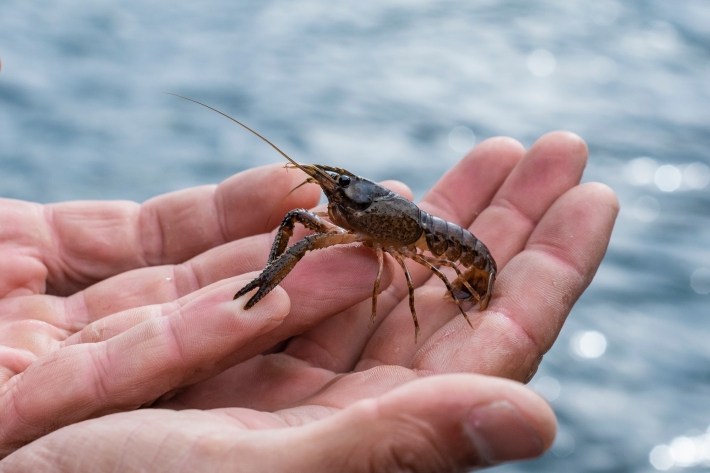
Kōura (freshwater)
What does science tell us about New Zealand freshwater crayfish? -
-
-
-
-
-
-
-
-

